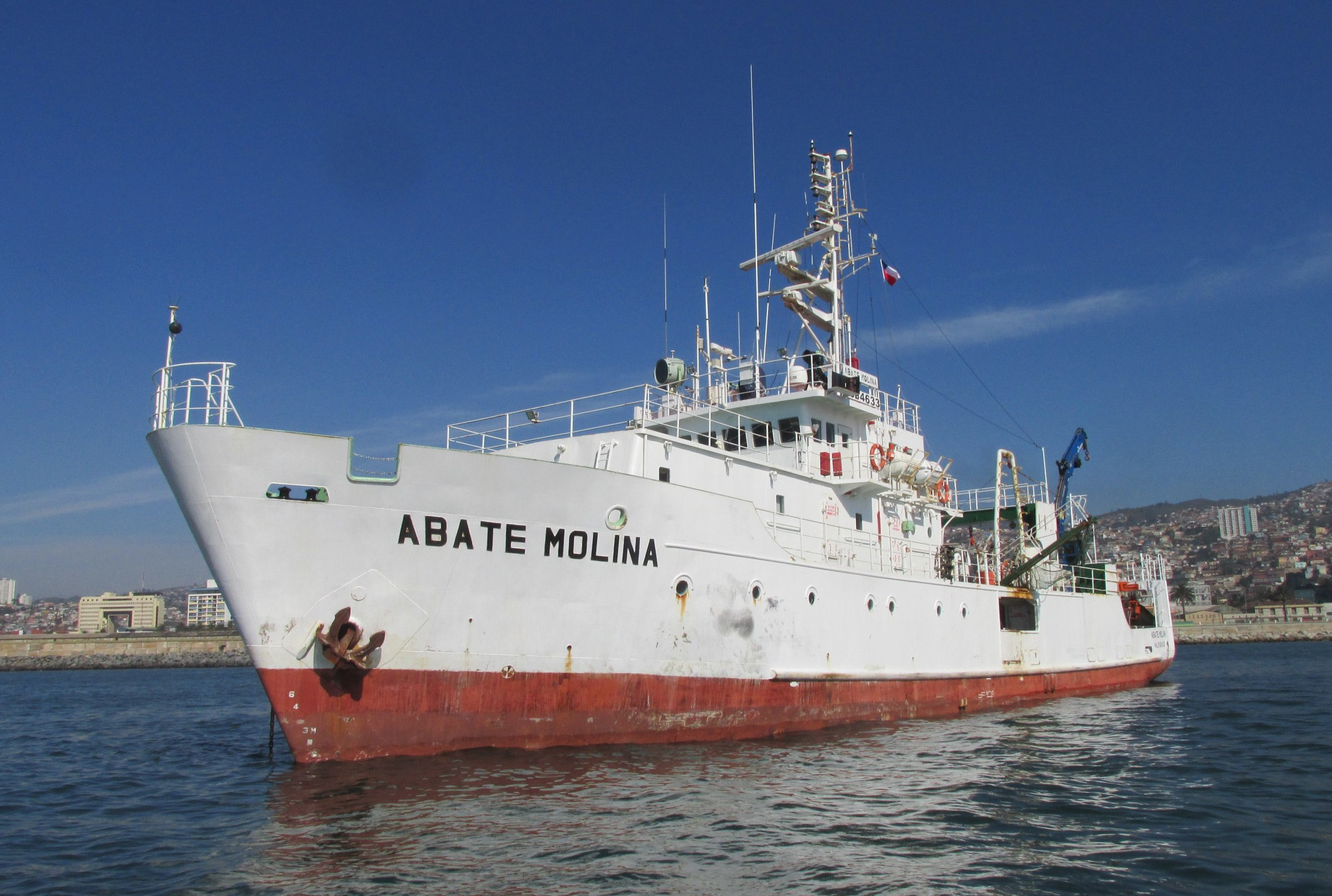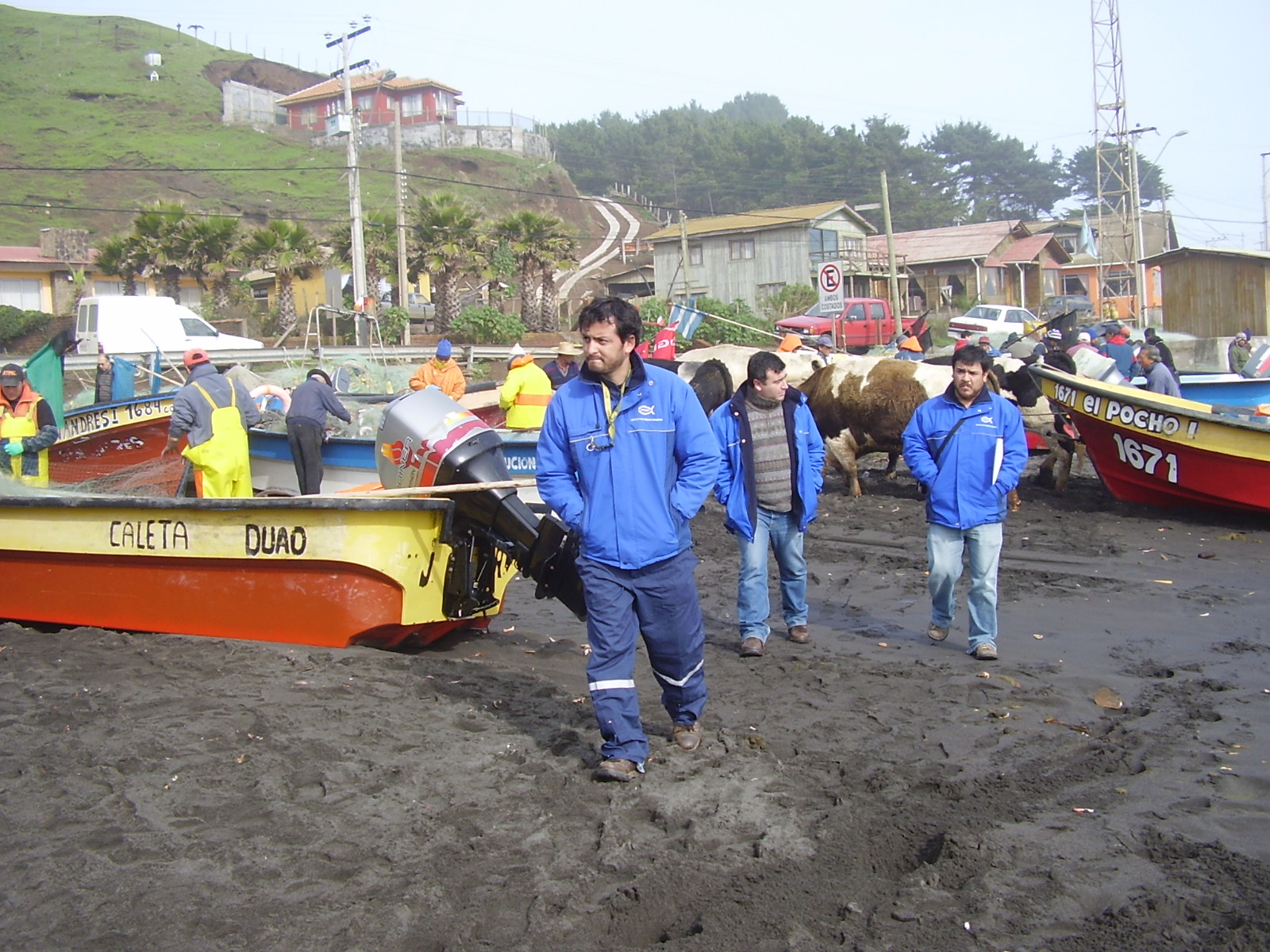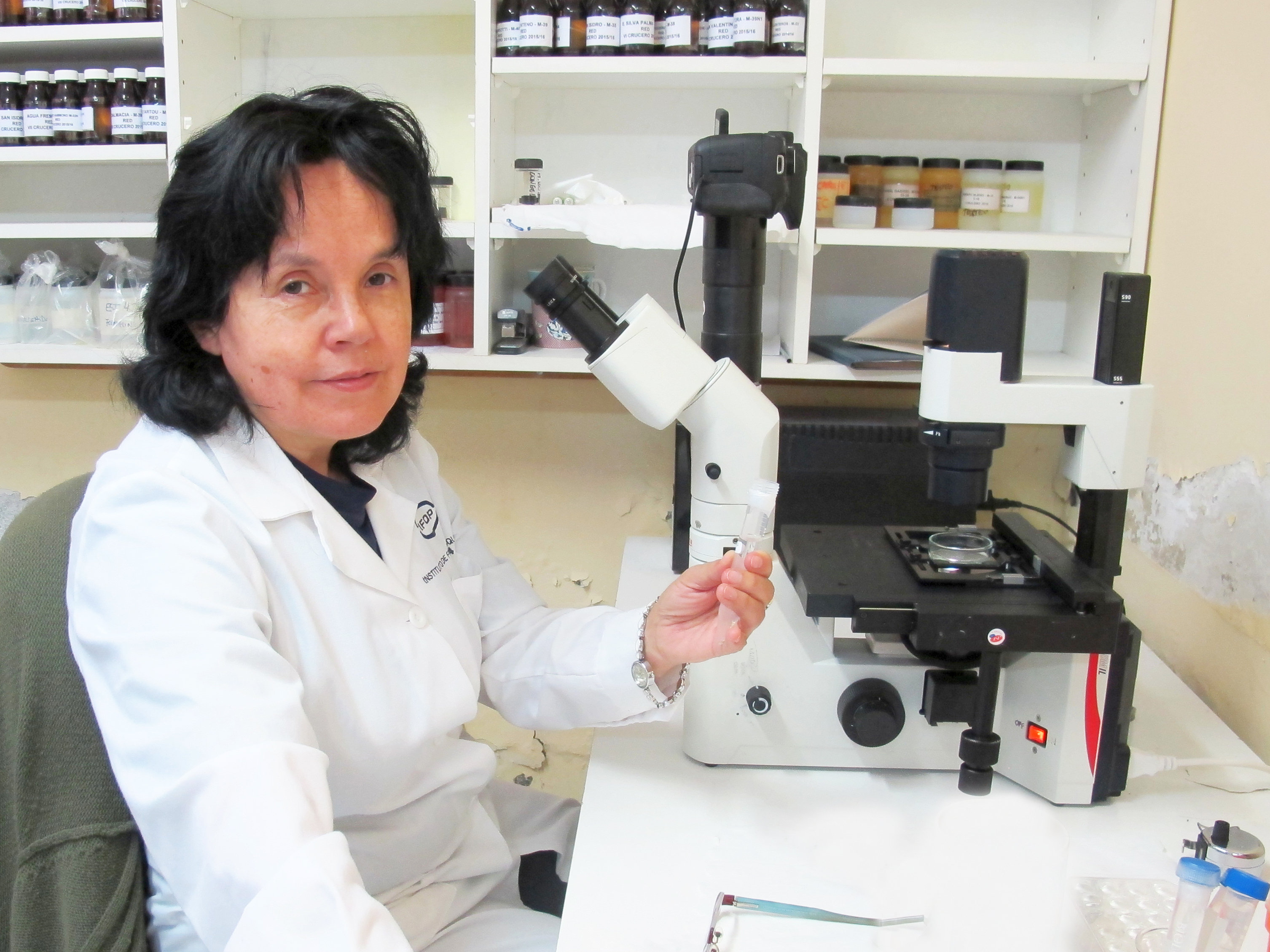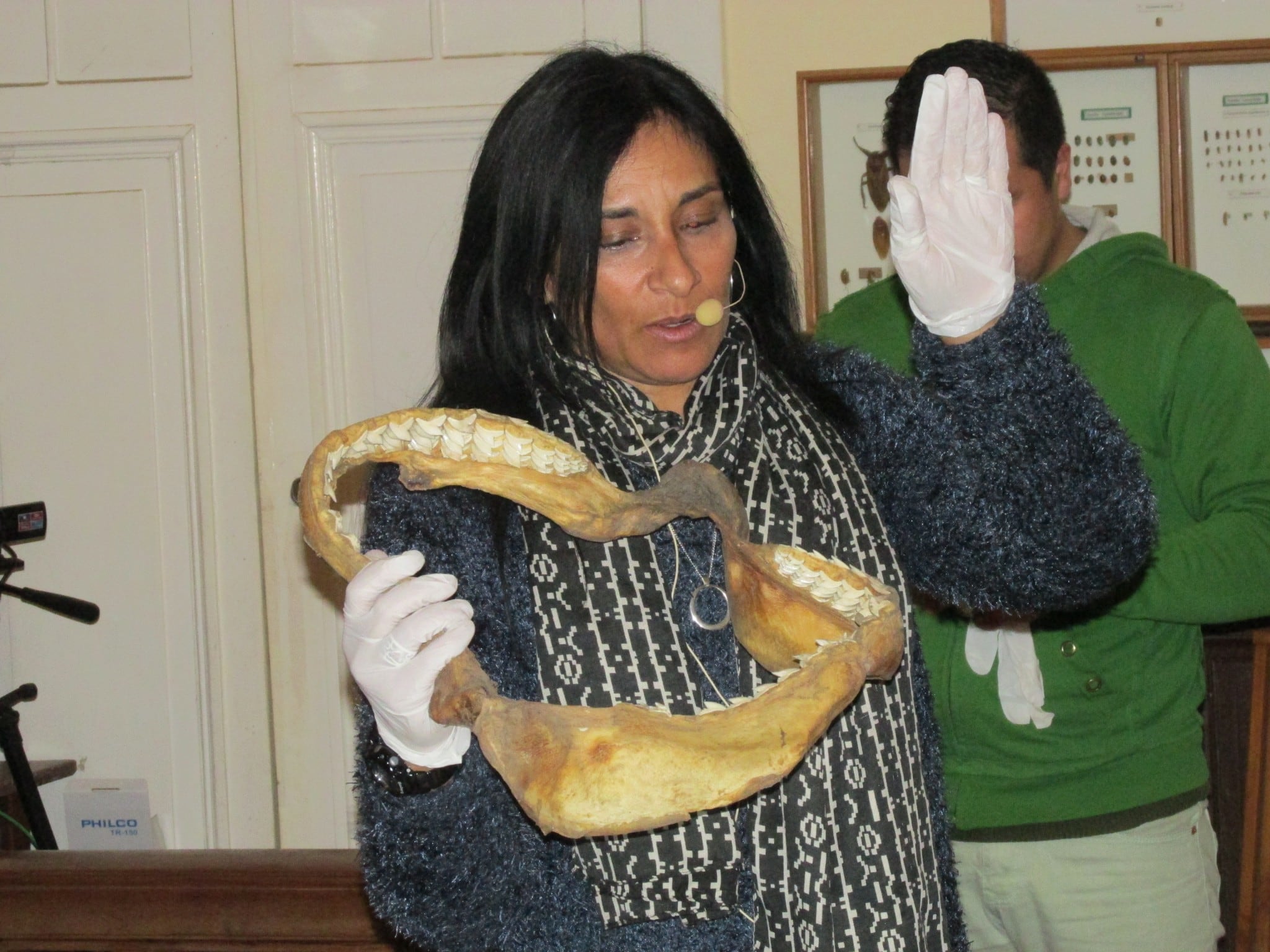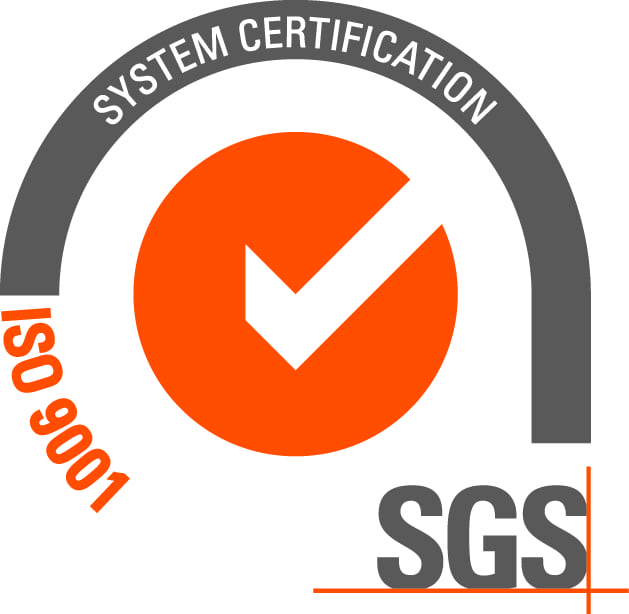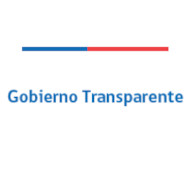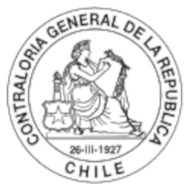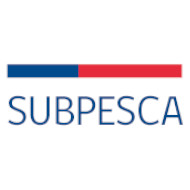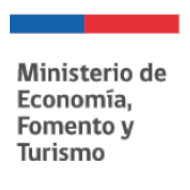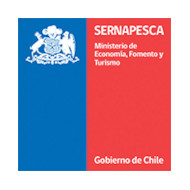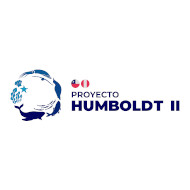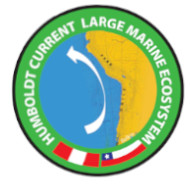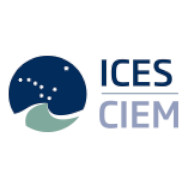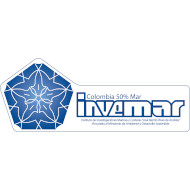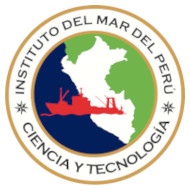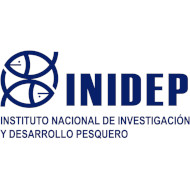Our History
Actualizado al: 09.Oct.2025
- 1964 - 1970
The Fisheries Development Institute was created in 1964 by the Production Development Corporation (CORFO) and the National Fisheries Society through an international technical assistance project on fisheries matters between the Government of Chile, the United Nations Development Program (UNDP), and the Food and Agriculture Organization of the United Nations (FAO).
During this phase, the main national fisheries (anchovy, hake, shrimp, prawn, and king crab) were developed and expanded. In addition, benthic resources affected by the 1960 earthquakes were recovered through oyster farming and mussel farming programs and/or projects.
- 1970-1973
- 1974-1977
The public role led by IFOP ensures that the institute remains the leading research organization in the public fisheries sector. Thus, it continues to conduct research in the country's main fisheries and explore potential resources, including Antarctic krill, southern hake, spider crab, and marlin, among others. It also promotes process technologies for the manufacture of products for human consumption, further enhancing the benefits it provides to the sector through its work.
In a scenario where fisheries have already developed and require central management, the Undersecretariat of Fisheries (Subpesca) and the National Fisheries Service (Sernapesca) are created, and IFOP begins to advise the authorities on fisheries management.
- 1978-1993
In a scenario where fisheries have already developed and require central management, the Undersecretariat of Fisheries (Subpesca) and the National Fisheries Service (Sernapesca) were created, and IFOP began to advise the authorities on fisheries management. Meanwhile, the enactment of the Fisheries Law promoted the regionalization of IFOP, strengthening the institute's institutional presence in Chile's main fishing and aquaculture regions (Puerto Montt, Talcahuano, Coquimbo).
- 1994-2006
The Fisheries Development Institute is positioned as the research platform for advising Subpesca, based on permanent projects for monitoring activity by fishery and acoustic evaluation of biomass, information that feeds the stock assessment process that leads to the estimation of Total Allowable Catches (TAC) for setting annual fishing quotas by species. Meanwhile, in the aquaculture sector, IFOP achieves a relevant position by maintaining technological development research through its Division based in Puerto Montt and Coyhaique.
- 2006-2013
Based on these achievements, IFOP is beginning a process of updating its capabilities to increase the quality and reliability of its management recommendations, based not only on the biology and dynamics of resources, but also on the quality and health of the environment. In the short term, this recommendation will be based on an ecosystem approach that explicitly includes humankind.
Taking a comprehensive approach and in accordance with the guidelines of the FAO Code of Conduct for Responsible Fisheries, work has focused on creating an institutional framework capable of conducting and guiding relevant research for a highly dynamic sector, whose growth has led to the demand for research across most economic sectors. Likewise, in the field of aquaculture, the generation of key knowledge for the management and administration of the activity has begun. This action provides the key background for safeguarding the environmental and health assets of the areas where this activity is carried out and promoting coastal management from a multifactorial perspective and under an ecosystem approach.
- 2013-2016
The new role of the Fisheries Development Institute (IFOP), as the scientific reference for the Fisheries and Aquaculture Law, is a highly significant milestone for the institution, as it establishes its position as the national reference institute for the information required for decision-making regarding the management of fisheries resources and aquaculture. It is responsible for providing ongoing advice to the Undersecretariat of Fisheries.
Currently, the IFOP is conducting research and monitoring of all fisheries, maintaining biological fishery indicators, including variations in reproduction and catch behavior during the fishing season.
In parallel, stock assessments are constantly being updated, i.e., the inventory of each of the biomasses of the species being exploited.
In aquaculture, information is being generated to understand, diagnose, and predict the potential environmental impact of this activity so that it is sustainable.


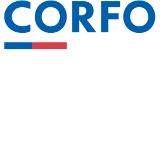
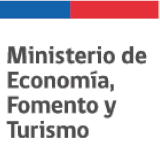
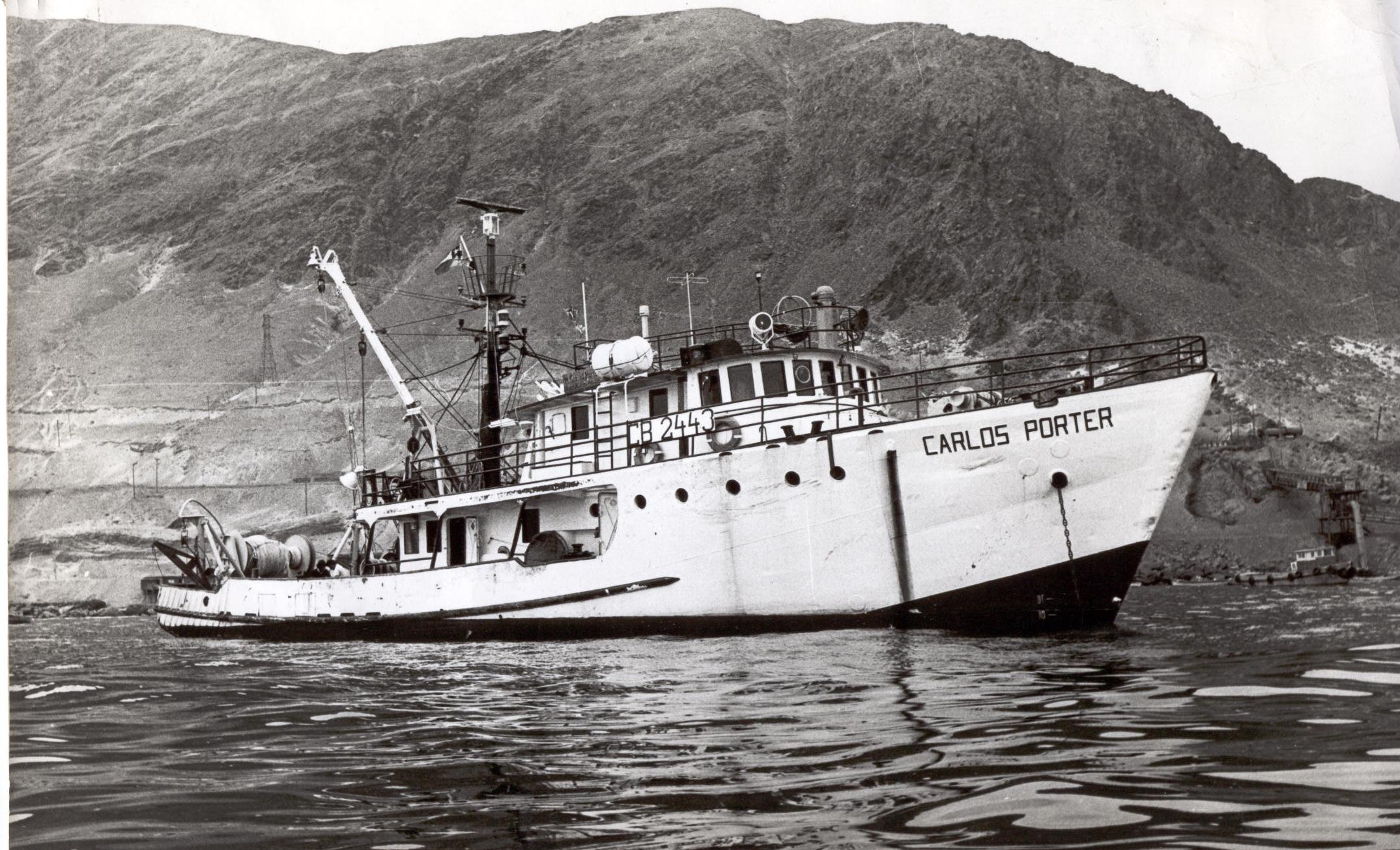

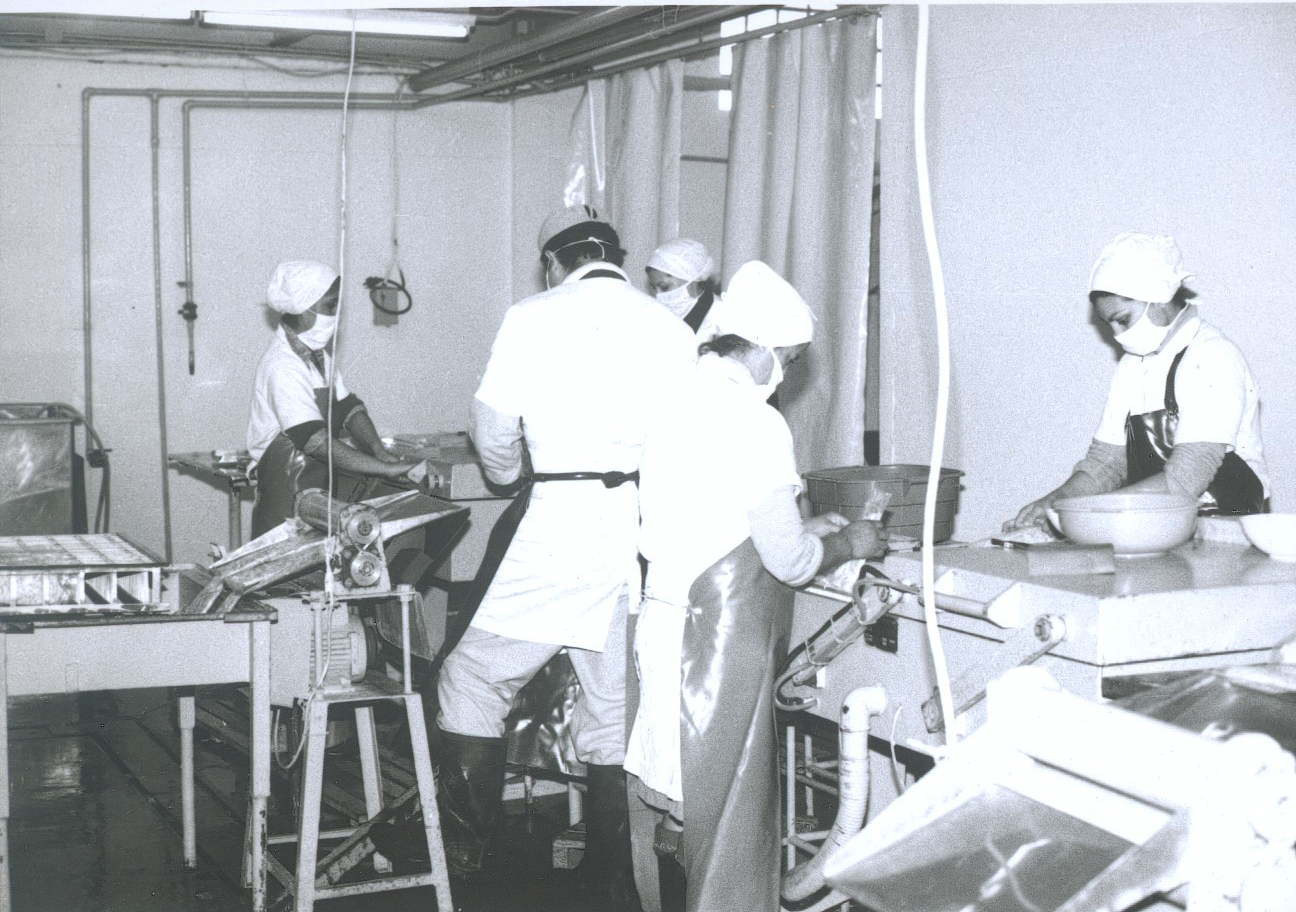
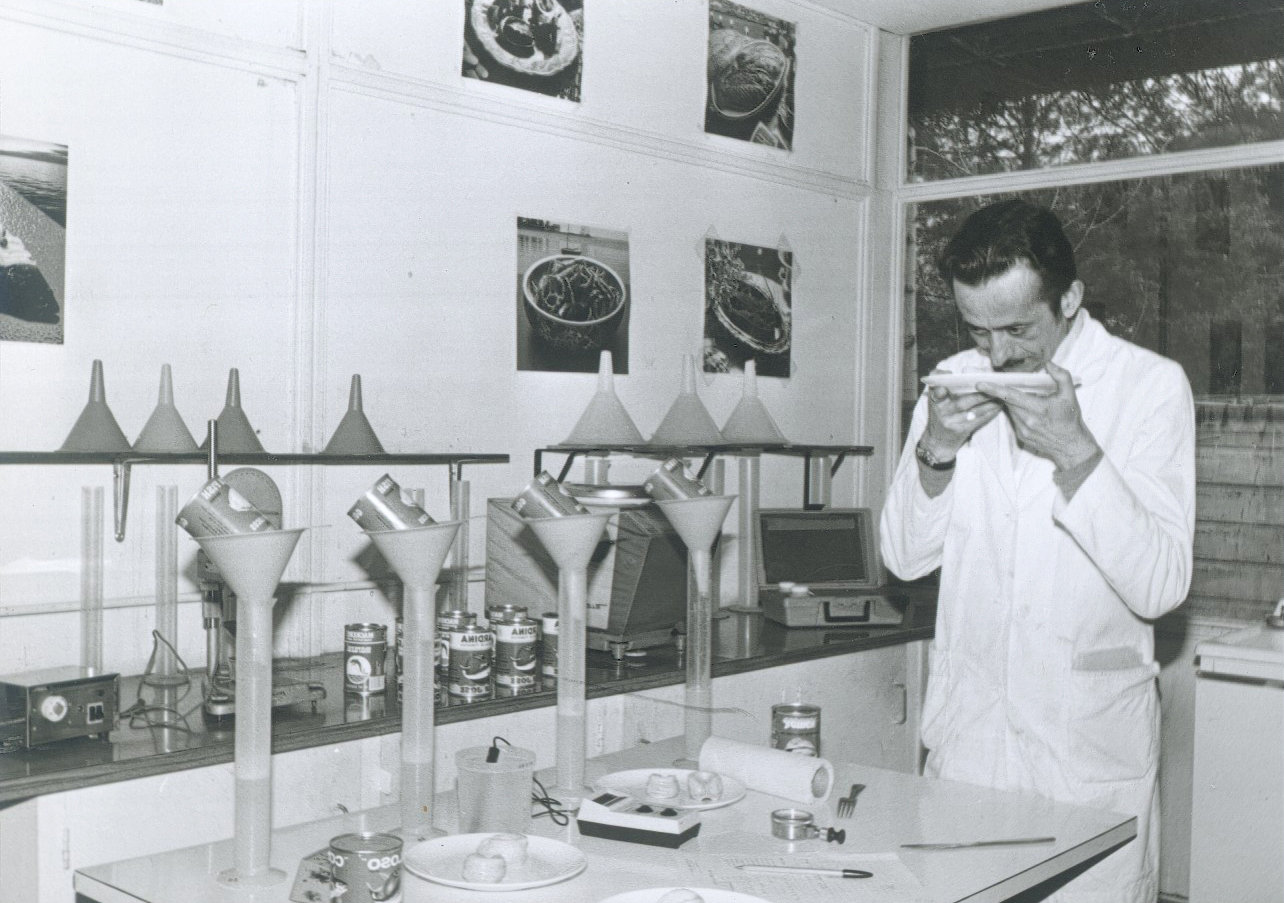
.jpg?v=3)
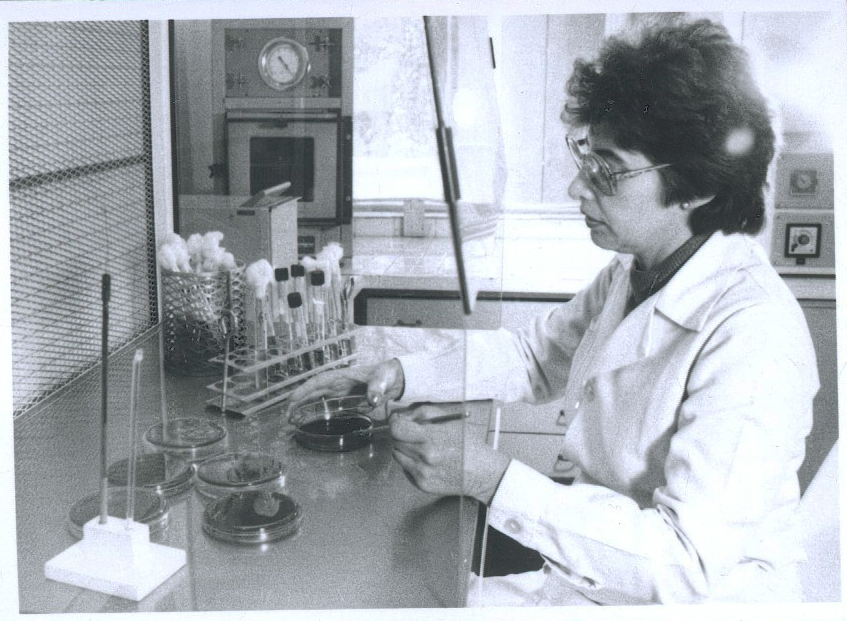
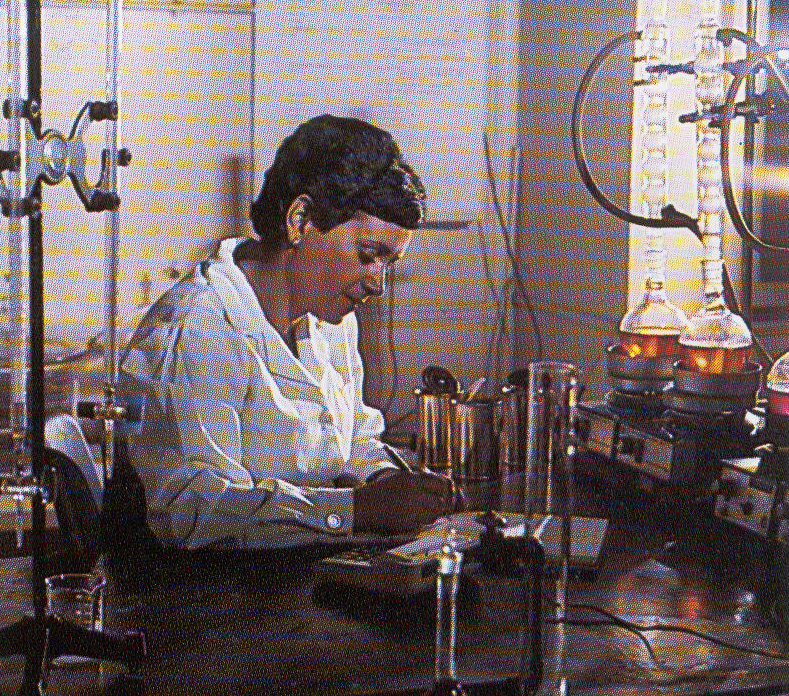
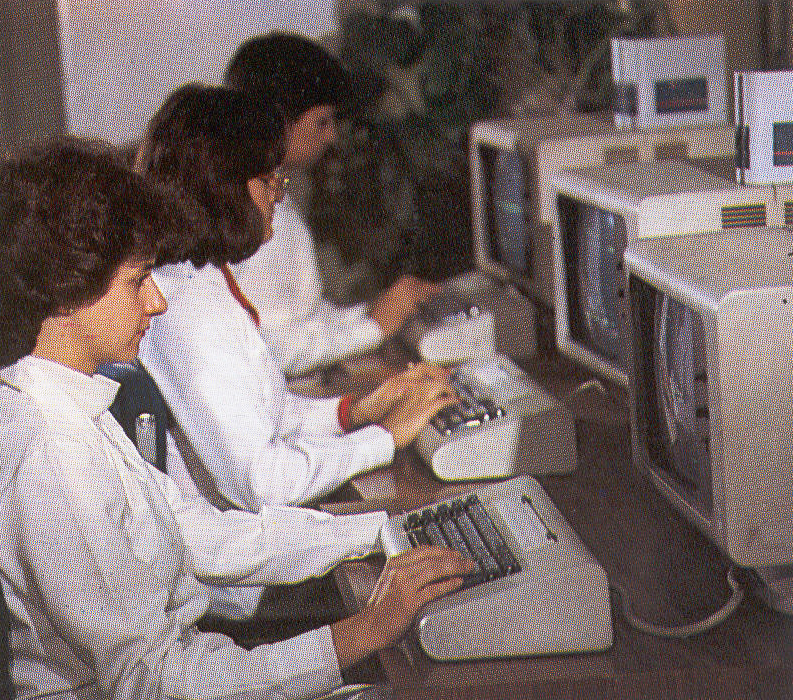
.jpg?v=3)
